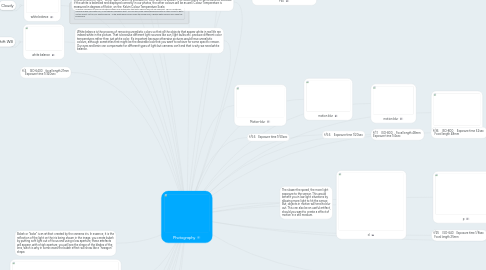Photography
by Jason Granby

1. white balance
1.1. Custom Shift WB
2. motion blur
3. White Balance
3.1. Shady
4. Bokeh
5. white balance
5.1. Cloudy
6. white balance
6.1. White Fluorescent Light
7. white balance
7.1. Custom WB - Pink
8. white balance
8.1. AutoWB
9. bokeh
10. bokeh
11. bokeh
12. f/4 ISO-6400 focal length 21mm Exposure time 1/320sec
13. White balance is the process of removing unrealistic colors so that all the objects that appear white in real life are indeed white in the picture. That is because different light sources like sun, light bulbs etc. produce different color temperatures rather than just white color. It’s important because otherwise pictures would have unrealistic colours, although sometimes that might be the desirable look that you want to achieve for some specific reason. Our eyes and brain can compensate for different types of light but cameras can’t and that is why we need white balance.
14. f/5.6 ISO-4000 Focal length 55mm Exposure time 1/320sec
15. Colour temperature is a measurement of the hue of a particular light source, and is used to describe the colour characteristics of light - either ‘warm’ which is yellowish or ‘cool’ which is blueish. This relates back to white balance because if the white is balanced and displayed correctly in our photos, the other colours will be as well. Colour Temperature is measured in degrees of Kelvin, on the Kelvin Colour Temperature Scale.
16. A neutral reference is used for situations where one anticipates that auto-balance will not be sufficient.. This is created by carrying a grey card with you, or by taking a reference shot. You can also make cards/reference shots in other colors to get a certain effect out of your white balance - a red white balance will make the image blue, a green white balance will make the image pink.
17. f/8 ISO-800 Focal length 55mm Exposure time 1/40sec
18. p
19. j
20. Bokeh or “boke” is an artifact created by the cameras iris. In essence, it is the reflection of the light on the iris being shown in the image. you create bukeh by putting soft light out of focus and using a low aperture, these artefacts will appear. with a high aperture, you will see the shape of the blades of the lens, witch is why in some cases the bukeh effect will show like a "hexagon" shape.
21. Motion-blur
22. motion blur
23. Motion blur
24. The slower the speed, the more light exposure to the sensor. This would benefit you in low light situations by allowing more light to hit the sensor. But, objects in motion will tend to blur out. This can also be an useful artifact, should you want to create a effect of motion in a still medium.
25. f/36 ISO-800 Exposure time 3.2sec Focal length 48mm
26. p
26.1. g
27. motion blur
28. PEE
29. d
30. the effects of motionblur on a movin vehicle
31. f/11 ISO-800 Focal length 48mm Exposure time 1/4sec
32. f/4 ISO-2000 Exposure time 1/1000sec Focal length 25mm
33. f/25 ISO-640 Exposure time 1/8sec Focal length 25mm
34. f/5.6 Exposure time 1/50sec
35. f/5.6 Exposure time 1/20sec


